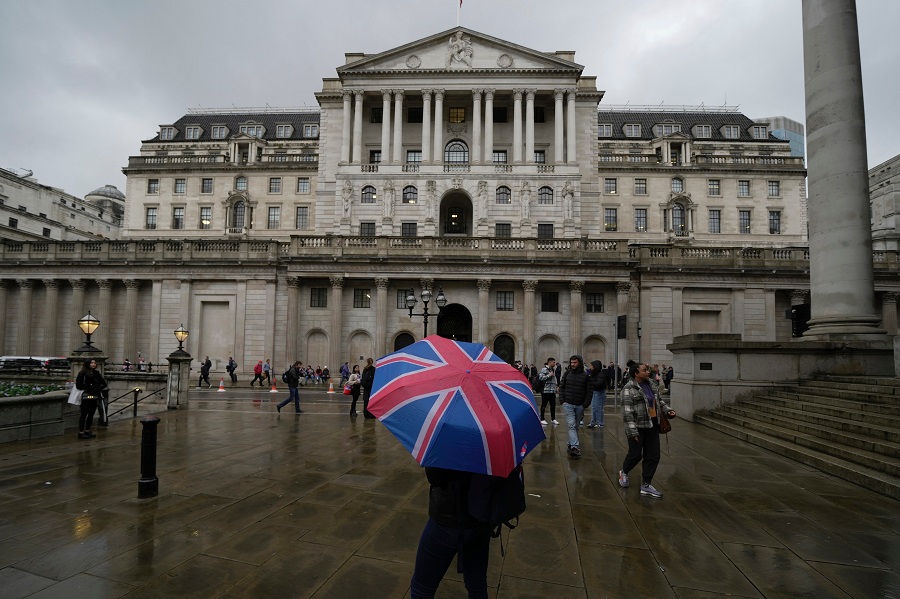How goods supply and demand affect policy rates
With labour markets quite tight in G10 countries central bankers are being forced to consider the supply potential of the economy just as much as the demand for goods and services when setting policy rates.

As we know, price is a function of demand and supply. At an aggregate level, there has undoubtedly been far more focus on demand than supply. Traditionally, it has been assumed that, when the economy slows it is because of weaker demand. With the implication of this being lower prices (in the absence of any supply changes) it has usually been taken as a cue for central banks to cut rates. The converse is the case when the economy speeds up, as rates are usually increased to cool demand. But these days there’s a much greater focus on the supply side of the economy for a couple of reasons.
The first is that labour markets are tight, so the supply of additional labour is constrained.
A second reason is that the pandemic taught policymakers that supply issues can generate significant price pressures when supply chains become fractured, or at least impaired. Of all the major central banks it seems that the Bank of England is most concerned by the possibility of deficient supply; something that helps explain why the bank has been more cautious than other major central banks in cutting rates.
Admittedly, part of this might be down to the fact that an, already difficult, concept to measure, termed potential supply, is made more difficult by poor data. Hence the BoE probably has to keep a margin of error around its estimates of potential supply in the economy that are bigger than those employed at other major central banks.
Another reason for the BoE’s greater sensitivity is that, even within the trend of weakening productivity growth amongst developed countries, the UK stands out as particularly poor. The Bank noted in the recent inflation report that there has been a large upward revision to the size of the population and the number of workers late last year, but no concomitant upward revision to GDP. If more workers did not manage to make more goods and services than originally estimated it means that workers were less productive than we first thought.
Data from the Office for National Statistics (ONS) put annual output per worker down 0.8% from year-ago levels in Q3. That’s the third annual fall in a row; the first time that this has happened since 2019. To show the scale of the problem; when productivity is combined with other factors like the quantity of labour and capital in the economy, it resulted in the country’s supply capacity being a paltry average of 0.7% in the 2020-23 period. That’s down from 2.9% in the decade before the 2008 financial crisis, or the 1.8% average in the five years up to the pandemic.
Steven Barrow, Head of Standard Bank G10 Strategy, said while the BoE does see improvement, with forecasts for 1% this year and 1.7% for next, it is pretty clear that the supply potential of the economy is crawling along at a snail’s pace. This means that any rapid acceleration in demand could immediately have the BoE on edge about inflation. If the BoE were to pause easing it would join the Fed, although any price pressure in the US does not appear to be a function of weak potential supply given that US productivity has been very strong.
This being said, potential supply in an economy is governed by many factors and, in the case of the US, could include any supply disturbances caused by things such as tariffs and deportation of migrant workers. Hence, even if supply has not been as high up on the Fed’s wall of worry as the BoE, that could soon change.
“It seems the UK’s speed limit on growth has been coming down and is pretty paltry; probably not above 1.5%. The US’s is arguably higher but it too could start to slip”, said Steven Barrow.








